Are my plants getting enough red light?
dannyboy4
14 years ago
Related Stories

KITCHEN DESIGNTrending Now: 25 Kitchen Photos Houzzers Can’t Get Enough Of
Use the kitchens that have been added to the most ideabooks in the last few months to inspire your dream project
Full Story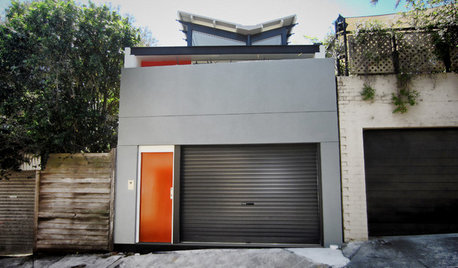
COLORGoing Bold With Just Enough Color
Using color with restraint inside and outside can be far more effective than a less subtle approach
Full Story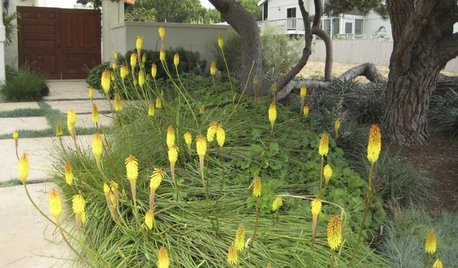
GARDENING GUIDESGreat Design Plant: Red-Hot Poker
You'll carry a torch for these spiky plants once you discover how their fiery-hued flowers can light up a landscape
Full Story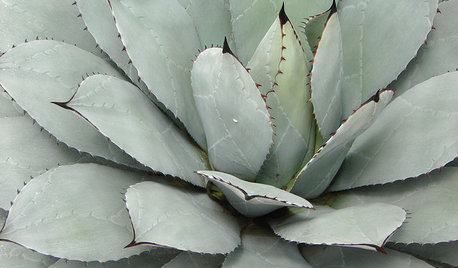
FOLIAGEGet a Cool Garden Look With Gray and Blue Plants
Looking for plants that calm with color in the heat of summer? Look no further than these 14 soothing beauties
Full Story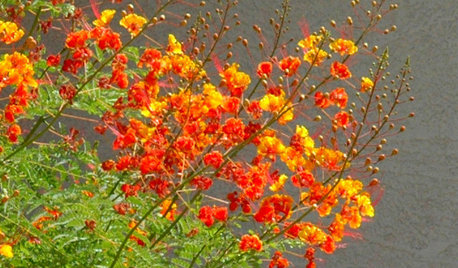
GARDENING FOR BUTTERFLIESGreat Design Plant: Red Bird-of-Paradise Soars With Color
Fiery bursts of red-orange flowers bring hot summer gardens to life, while this shrub's drought tolerance keeps the living easy
Full Story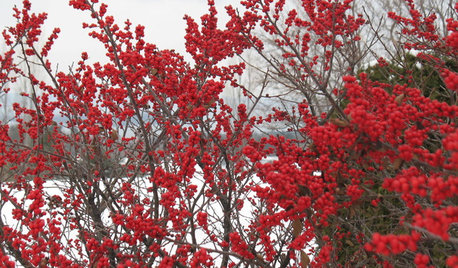
GARDENING GUIDES6 Rockin’ Red Plants for Winter Gardens
Use the bright berries or branches of these cold-climate favorites for outdoor garden interest or container arrangements anywhere
Full Story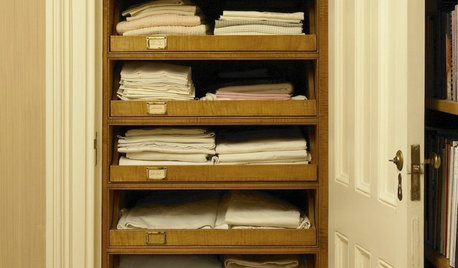
ORGANIZINGHow Much Stuff Is Enough?
Play the numbers game to streamline your belongings, for a neater home and a less-stressed you
Full Story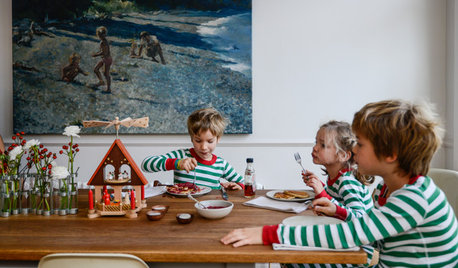
HOLIDAYSHow to Have a Just-Simple-Enough Holiday
Make this the year you say no to holiday stress and yes to joy and meaning
Full Story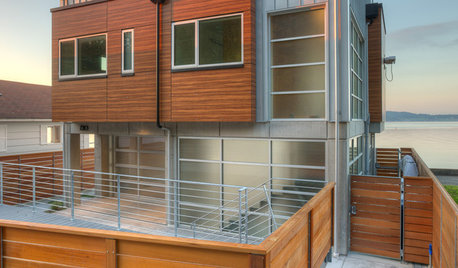
ARCHITECTUREHouzz Tour: Sturdy Enough for a Tsunami
Storms don't scare this Washington state home; breakaway features and waterproof finishes let it weather high winds and waves
Full Story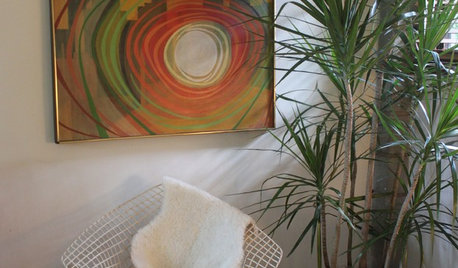
HOUSEPLANTSGet a Dash of the Rain Forest With Madagascar Dragon Tree
This living decoration reaches up to 15 feet, has minimal needs and adapts to different light levels — just steer clear of fluoride
Full StorySponsored
More Discussions






dannyboy4Original Author
colokid
Related Professionals
Rancho Palos Verdes Landscape Architects & Landscape Designers · Tomball Landscape Architects & Landscape Designers · Andover Landscape Contractors · Fort Myers Landscape Contractors · Fridley Landscape Contractors · Fuquay-Varina Landscape Contractors · Harvey Landscape Contractors · Thonotosassa Landscape Contractors · Washington Landscape Contractors · Maple Heights Landscape Contractors · Spanaway Fence Contractors · Whittier Fence Contractors · Franklin Fence Contractors · Brandon Roofing & Gutters · Miami Beach Roofing & Guttersstruwwelpeter
wordwiz
colokid
wordwiz
colokid
wordwiz
colokid
wordwiz
struwwelpeter
wordwiz
struwwelpeter
wordwiz
struwwelpeter
wordwiz
struwwelpeter
wordwiz
dannyboy4Original Author
struwwelpeter
wordwiz
struwwelpeter
zink
wordwiz
urbangardenfarmer
hairmetal4ever
struwwelpeter
wordwiz